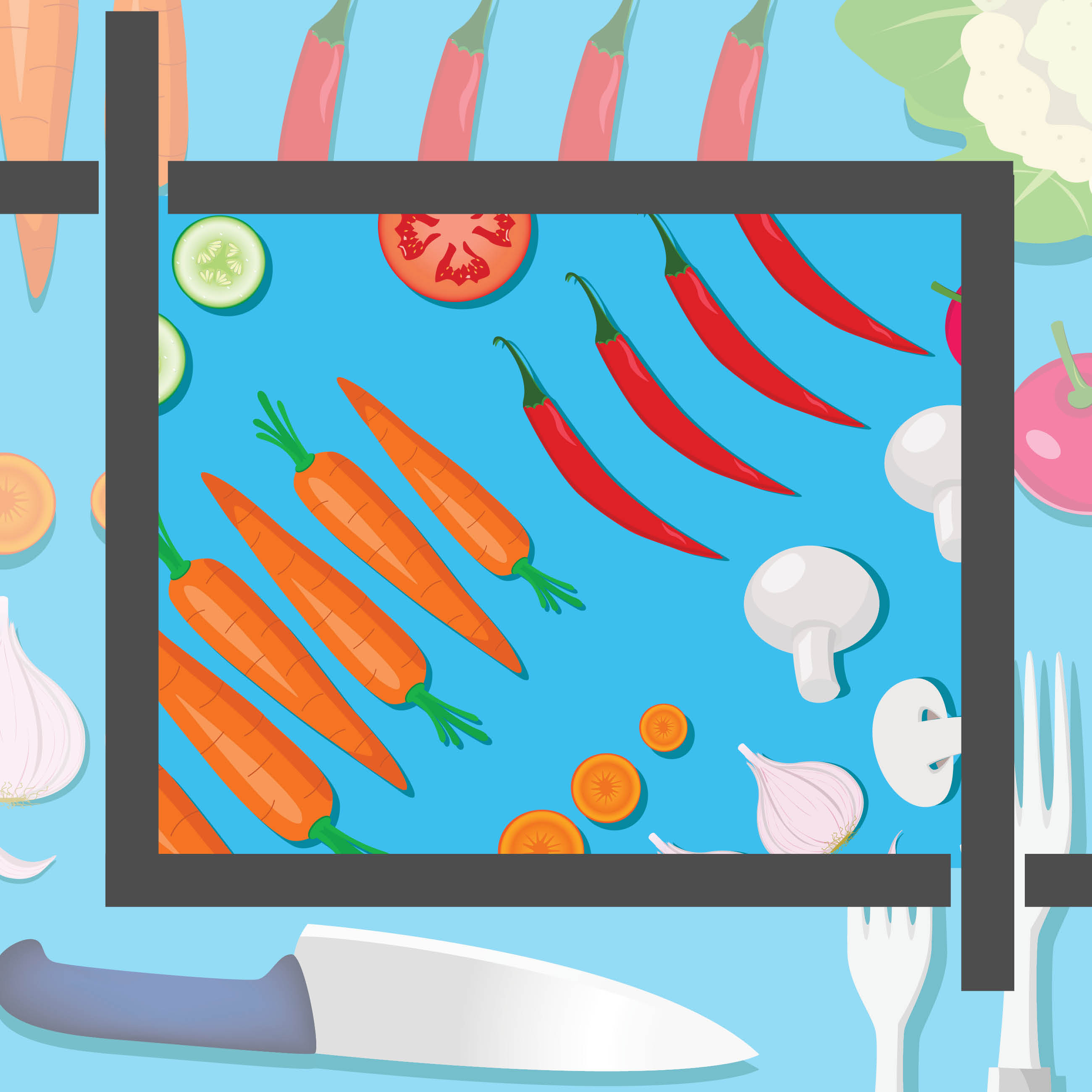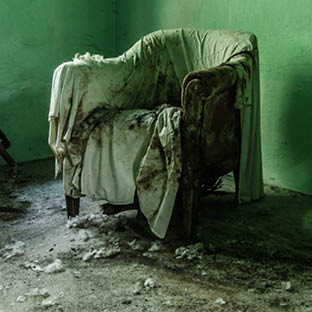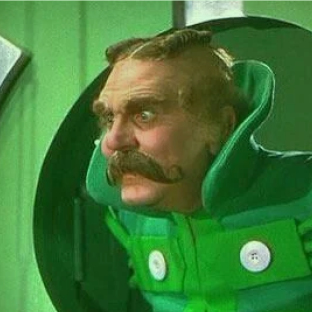I was quite intimidated until I realized how to use my graphic design skills
When Covid hit and I had to work from home, I took over the cooking. My wife cooked all the weekday meals for the first 30 years of our marriage; now I have been cooking for the past 4. I had big shoes to fill, and initially, I was quite intimidated. Then I realized that I could cook like a graphic designer. I started treating each meal like a new design project with research. I find the right recipe. (I am completely hooked on the New York Times cooking app). Then I think about my audience. What does my wife like to eat? I collect the necessary ingredients and get to know the parameters of the project by reading all the instructions. As a graphic designer, I’m good at following instructions, using a grid to create layouts and adding just the right flair (herbs) to each project.
What is Design Thinking?
To understand how I cook as a graphic designer, it helps to know about my approach to designing and problem-solving, often called “design thinking.” It usually follows these five steps:
1. Empathize Discover the real issues that need to be resolved by listening and trying to understand your client’s problem. I check the forecast because my wife is very sensitive to the weather, and it affects what she feels like eating. This has become more complicated since our son came home from college, he is not influenced by the weather but his taste palette is quite different. Like any design project, preparing a meal is about knowing your audience and finding ways for engagement.
2. Define the Problem Reframe the problem and try to envision what a solution would mean. There are basic nutritional requirements—will the meal be filling enough, but not too filling? There is logistical planning involved; we have to alternate the meat and vegetarian main courses and rotate the pasta, potatoes, and rice. My wife prefers to be surprised each evening, so I don’t tell her what I’m cooking in advance. However, my son prefers to review the menu and comment on the ingredients. (“Why would you put raisins in a rice dish?”) I’ve learned this through trial and error—a core principle of the design thinking process.
3. Brainstorm Once you’ve agreed to the core need at hand, begin dreaming of possible solutions. This is where the New York Times app and e-newsletters come in handy. There are many suggestions offered. As with most design projects, I am very influenced by the environment. What’s actually in the fridge and in the cupboards can inspire a whole meal. (What can I make with ricotta cheese?) I consider the ingredients very carefully: I like to purchase just the right amount of items for each meal. It’s that kind of exactitude that I use when designing a project: we get the most out of every budget. I grew up in an Irish family where we cook just the right amount. Having leftovers was considered an excessive failure. It’s probably routed in a scarcity-mindset. We’re not cheap; we’re just really good at getting the most out of everything. In design, we know that Less is More, and we know how to stretch a budget and get the most out of each project.
4. Prototype Build a model, make a layout, create a plan, test ideas, and find out what solutions might work. When I do a recipe for the first time, I carefully follow the instructions. On subsequent editions, I am more apt to substitute and adjust the recipe. It’s about balance, partnering the right side dish with the main course, do we need a salad or a side order of fresh bread? My college roommate was a painter and he cooked like a painter. He never measured anything, just tossed and adjusted like he was mixing colors on the canvas. I was always so impressed and yet so intimidated. I couldn’t cook like that! I felt better when I learned about how George Seurat painted with a system of colors and forms in a deliberate order. I could do that! Seurat paints like a graphic designer—at least that is how he is portrayed in Stephen Sondheim’s Sunday in the Park with George.
Bit by bit,
Putting it together
Piece by piece—
Only way to make a work of art.
Every moment makes a contribution,
Every little detail plays a part.
Having just the vision’s no solution.
Everything depends on execution:
Putting it together,
That’s what counts.
It makes perfect sense that James Lapine who wrote the book for the musical started as a graphic designer.
A well-prepared meal is organized. And after the food is ready, the table is properly set—because “Everything is design” (according to legendary designer Paul Rand). The main course is prominently displayed, supported by side dishes along with the right bottle of wine.
5. Feedback Test the idea, listen to feedback, see what works and what doesn’t. Sometimes it’s as simple as asking, “How did you like your meal?” Other times, it’s about how fast the dinner was consumed or how clean the plates were.
What can Melissa Clark, the NYT cooking writer, teach us about design?
We like to think about Less is More when describing effective graphic design solutions. In cooking, Melissa Clark likes to promote “less mess.” She still wants to capture the most flavor with the least amount of ingredients…and, subsequently, cook with one pan to avoid the pile-up of dishes. I wrote about this in more detail here.
I did not expect to like cooking the evening meals, but I found my groove once I managed to design the meals and prepare them as a graphic designer.
Back to Insights




